Hordeolum: The Annoying Bump in the Lid
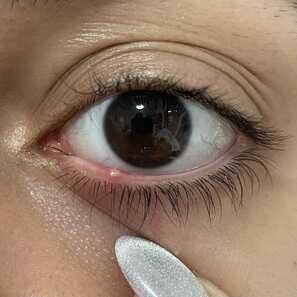
Hello, Los Angeles! Dr. Fouad Melamed here from Melamed Eye Care Optometry, and today we're delving into a common but often misunderstood eye condition – hordeolum, commonly known as a stye. If you've ever experienced a painful, red bump near your eyelid, you might have had a run-in with this pesky issue. In this blog post, we'll explore the causes, symptoms, signs, diagnoses, and treatment options for hordeolum to help you better understand and manage this eye concern.
What is Hordeolum?
A hordeolum, or stye, is a localized infection in the oil glands of the eyelid, typically caused by bacteria such as Staphylococcus aureus. These small, painful bumps can occur on the inside or outside of the eyelid, leading to discomfort and irritation.
Causes for Hordeolum
Several factors contribute to the development of hordeolum:
- Bacterial Infection: The most common cause of hordeolum is a bacterial infection, most specifically, Staphylococcus aureus, often resulting from bacteria entering into one the oil glands along the eyelid.
- Poor Eyelid Hygiene: Inadequate cleansing of the eyelids can lead to the accumulation of debris, dead skin cells, and bacteria, creating an environment conducive to infection.
- Blepharitis: Untreated anterior or posterior blepharitis is usually a risk factor developing a hordeolum.
- Diet: Poor diet, including a diet with a poor balance of Omega 6:3, and not enough good fats can put you at increase in developing hordeolums.
- Stress: Long duration stress can weaken immunity and increase the chance of developing a hordeolum, especially when the other factors above are involved.
Signs & Symptoms of Hordeolums
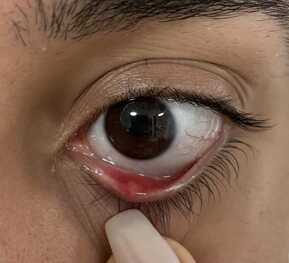
Identifying a hordeolum is crucial for timely intervention. Look out for these symptoms and signs:
- Pain and Tenderness: A stye is typically accompanied by pain, tenderness, and discomfort around the affected area.
- Redness and Swelling: The eyelid may appear red and swollen, signaling inflammation.
- Localized Bump: A small, yellowish bump may develop on the eyelid, resembling a pimple.
Diagnosis
If you suspect you have a hordeolum, it is essential to consult with an optometrist for a proper diagnosis. A comprehensive eye examination will help rule out other potential eye conditions and determine the most appropriate course of action. Untreated hordeolums can sometimes result to more severe infections such as preseptal cellulitis or even orbital cellulitis, so proper and timely diagnosis and treatment is important.
Treatment
Conclusion: Hordeolum, while uncomfortable, is a common eye condition that can be effectively managed with proper care and attention. If you're experiencing symptoms or have concerns about your eye health, don't hesitate to reach out to us at Melamed Eye Care Optometry. Our team is dedicated to providing personalized care to ensure the health and well-being of your eyes. Remember, early intervention and good eye hygiene are key to preventing and managing hordeolum effectively. Stay eye-healthy, Los Angeles! | Buy on Amazon: |
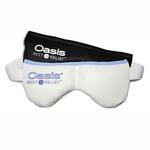
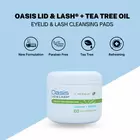
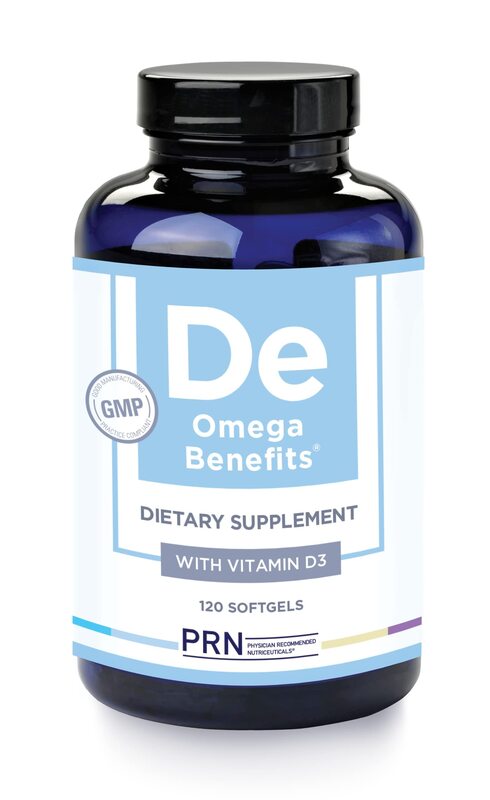
 RSS Feed
RSS Feed